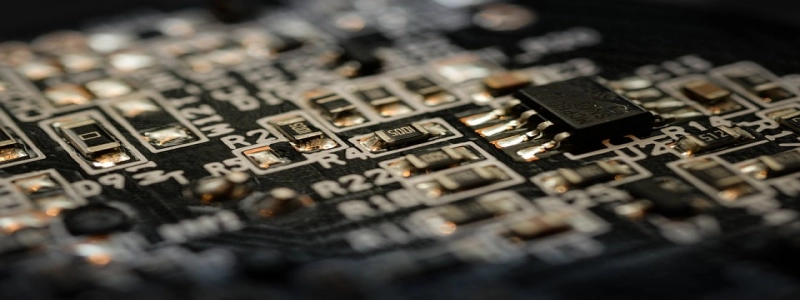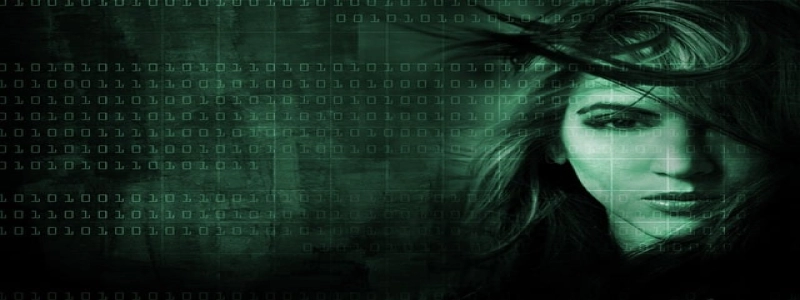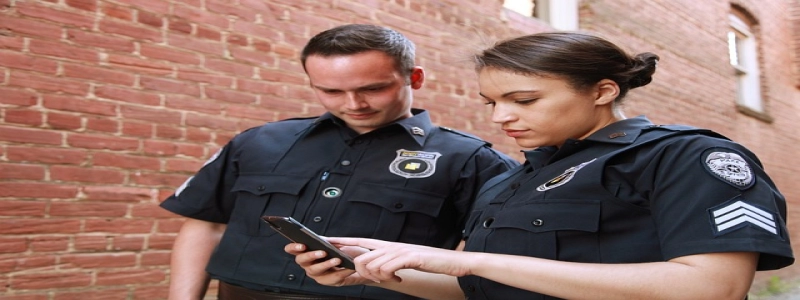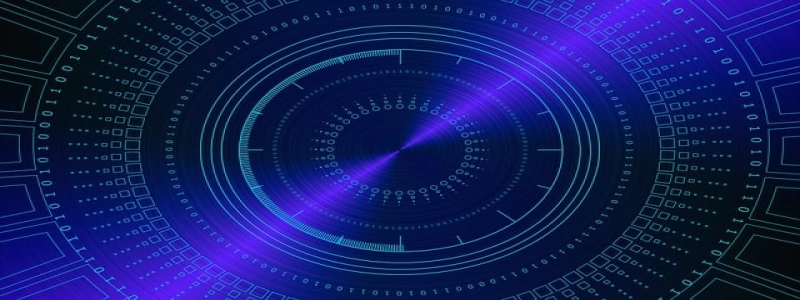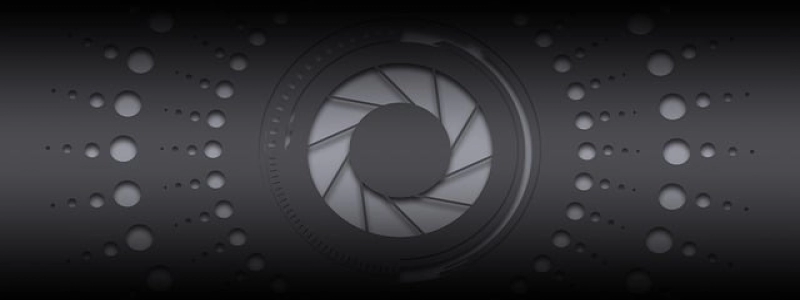UV Disinfection Wavelength
Introduction
UV disinfection is a popular method used to eliminate harmful microorganisms and pathogens from various surfaces and water. In this article, we will explore the importance of UV disinfection wavelength and how it affects the effectiveness of the disinfection process.
UV Disinfection
UV disinfection is a process that relies on ultraviolet (UV) light to kill or inactivate microorganisms. UV light has the ability to damage the genetic material of these harmful organisms, preventing them from reproducing and causing infections. It is widely used in various industries, including healthcare, food processing, and water treatment.
UV Light Spectrum
UV light is a type of electromagnetic radiation that falls within a certain range of wavelengths. This range is divided into three categories: UV-A, UV-B, and UV-C. UV-A has the longest wavelength and is closest to visible light, while UV-C has the shortest wavelength and is the most energetic.
UV Disinfection Wavelength
UV disinfection is most effective when using UV-C light, specifically at a wavelength of 254 nanometers (nm). This specific wavelength is able to penetrate the outer cell wall of microorganisms and damage their DNA or RNA. This damage prevents the organisms from replicating, rendering them harmless.
Effectiveness of UV Disinfection
The effectiveness of UV disinfection depends on several factors, including the intensity of the UV light, the duration of exposure, and the specific wavelength used. While UV-A and UV-B can also kill some microorganisms, they are less effective compared to UV-C at 254 nm. UV-C light at this wavelength has been proven to be highly efficient in eliminating bacteria, viruses, and other pathogens.
Applications of UV Disinfection
UV disinfection has a wide range of applications. In healthcare settings, UV disinfection is used to sterilize medical equipment and surfaces to prevent the spread of infections. In the food industry, it is used to sanitize food packaging and processing equipment. UV disinfection also plays a crucial role in water treatment, ensuring that drinking water is free from harmful microorganisms.
Conclusion
UV disinfection is a highly effective method for eliminating harmful microorganisms. The wavelength of the UV light used is a key factor in determining its effectiveness. UV-C light at a wavelength of 254 nm is the most efficient in damaging the DNA or RNA of microorganisms, rendering them harmless. This method has numerous applications in various industries and continues to be a crucial tool in maintaining hygiene and preventing the spread of infections.
